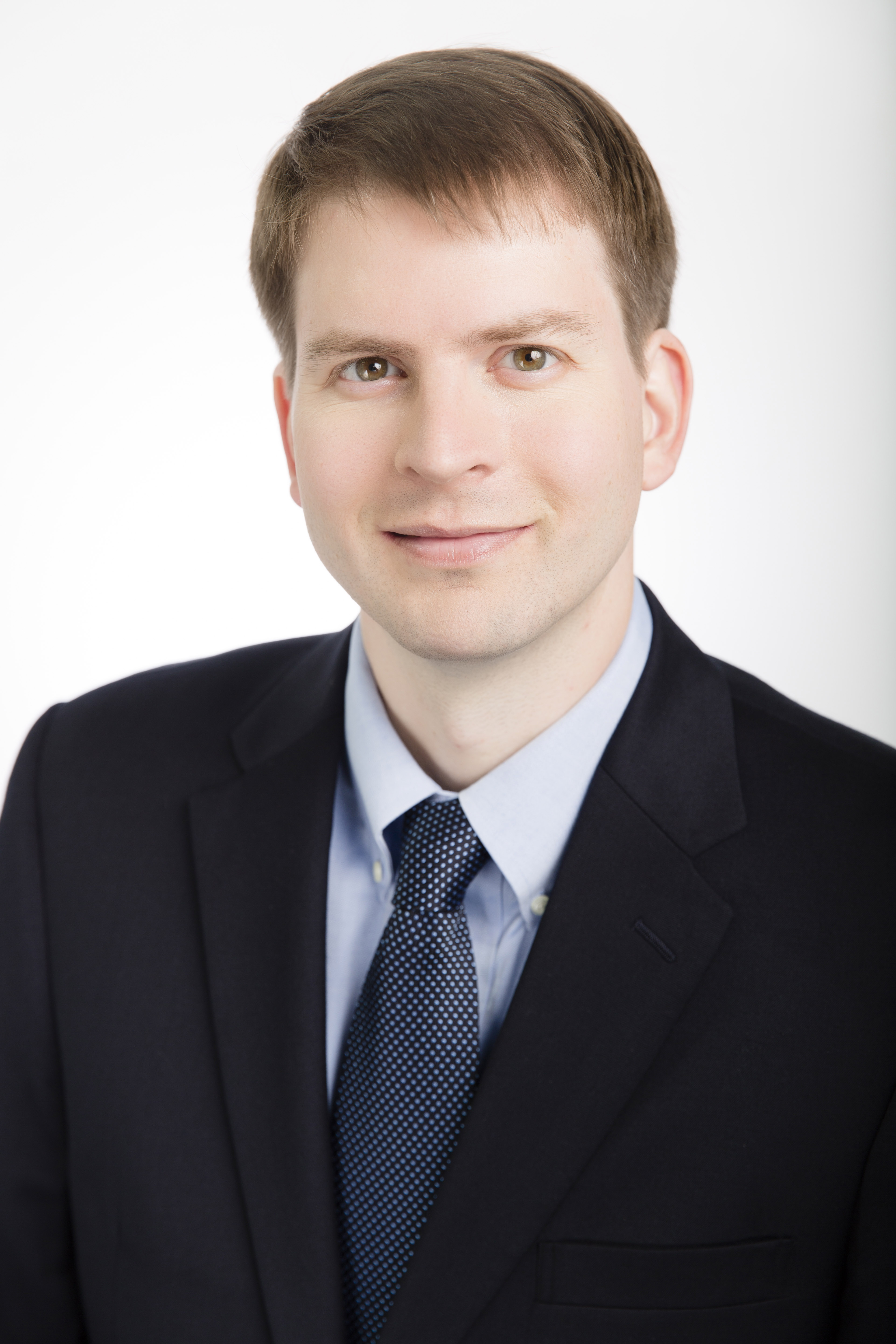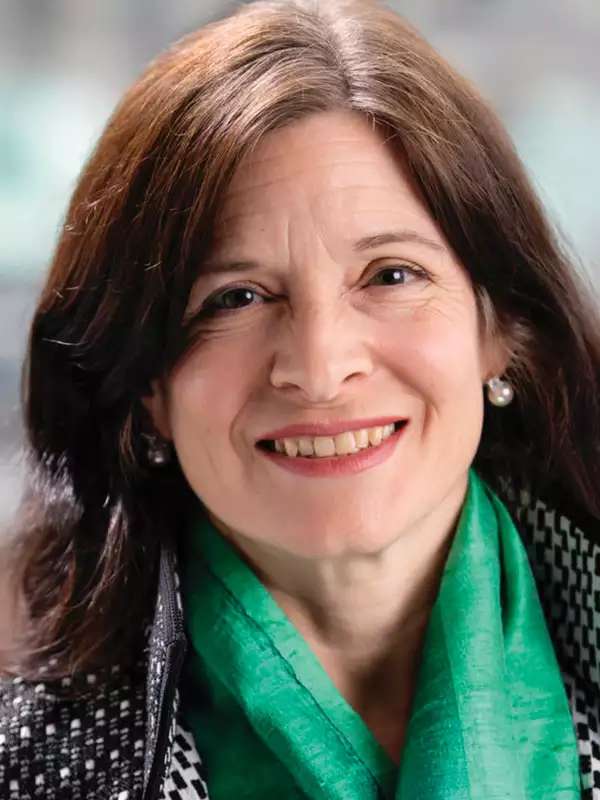Superatoms are large, symmetric molecules that can be combined to form crystalline superatomic solids. Once incorporated, different superatomic solids can form solid solutions with different properties than the materials from which they originated. Investigating the new combinations can lead to the development of novel materials with unique properties.
In April 2021, a group of chemists and physicists from Barnard College, Columbia University, University of New South Wales, and Brookhaven National Laboratory advanced our understanding of these substances by publishing a paper in the prestigious journal Nature Chemistry that explores the unique structural makeup and properties of three newly formed superatomic solids.
Assistant professor Andrew Crowther, who joined Barnard’s Chemistry Department in 2012, was instrumental in measuring the structure of these superatomic solids for the new study. He conducted investigations into the structure of new solids that the broader team developed, and supervised research done by Alaina Hartnett ’20.
Crowther said that Hartnett provided “invaluable” contributions related to experiments and manuscript preparation, discussing the results and next steps with Crowther via email and in-person meetings.
The researchers combined the clusters Co6Se8(PEt3)6 and Cr6Te8(PEt3)6, chosen for their similar sizes and chemical behavior, in three different ratios, and observed the results in the electronic and magnetic properties of the resulting solid.
Using micro-Raman spectroscopy — which uses light to study the vibrations of molecules — Crowther and Hartnett investigated the structure of these new solids to help explain the impact that the recombination of these solids can have on their overall properties. Across all three new solid solutions, the other research teams identified an increase in conductivity and lower activation barriers for electron transport, which results in easier chemical interactions between the materials.
The researchers attribute these results to the overall structure of the solid solutions created — specifically, the narrower transport gaps made possible by what the paper describes as the solid solutions’ “structural heterogeneity.” This heterogeneity comes from both the random distribution of the superatoms and the formation of new inter-superatom chemical bonds.
In this “Break This Down” interview, Crowther delves into the process of scientific collaboration and how the paper’s findings could impact the future of superatomic research.
Why is this research important?
Superatomic solids are analogous to atomic crystals, only the crystal structure is composed of superatoms instead of atoms. Just as the properties of atomic crystals can be varied by changing the identity of the atoms or the resulting crystal structure, the same can be done with superatomic solids. Superatomic solids thus constitute a class of materials with electronic, magnetic, and thermal properties that can be tuned by varying superatom identity. This project showed that superatomic solid solutions — solid mixtures of two different superatomic solids — can have properties that differ substantially from each pure material, showing that superatomic solid composition is another tool for controlling the resulting properties.
What did your group contribute to this collaborative research project?
This highly collaborative research project was conducted by a team led by Professor Colin Nuckolls and his postdoctoral researcher Dr. Jingjing Yang of the Columbia University Department of Chemistry. My research group specializes in using Raman spectroscopy to investigate a wide variety of nanoscale materials. Raman spectroscopy probes the vibrations of atoms and is a sensitive probe of a variety of superatomic solid properties. Spectra measured by Alaina demonstrated that the degree of electron transfer from one type of superatom to another did not depend on solid solution composition, and our data suggests that, in contrast to the pure parent materials, solid solution fullerenes formed new chemical bonds to form fullerene chains.
How did research teams communicate and collaborate over the course of the project and the pandemic?
This research benefited from a widespread spirit of collaboration that has been fostered by the scientific community at Columbia University. My research group’s experiments were complete prior to the onset of the pandemic. During this phase, Alaina and I worked with our collaborators to exchange samples for Raman measurements, and we discussed our results and next steps via email and in-person meetings. After the pandemic began, Alaina and I continued to meet with each other and our collaborators over Zoom to refine our analysis and finalize figures and text for the article. This process was relatively seamless, which is a tribute to the people involved and the preexisting collaborative environment.
As a student researcher, what did Hartnett bring to the research process?
Alaina was invaluable to this research project. She performed all the Raman spectroscopy experiments and fit the resulting spectra. Her measurements were so thorough that when our collaborators had follow-up questions about our spectra, we already had the necessary data to address the questions. Alaina was also an active participant in the manuscript preparation phase, helping to generate the relevant figures and to write the text related to our results for the article. In short, Alaina was an important part of all aspects of our contribution.
What is the potential of these findings for further research and practical applications? What useful materials could be developed from this paper’s conclusions?
An important goal of this research program is to develop a library of superatoms and to understand how different superatoms can be combined to form superatomic solids with specific properties. As a result, applications are potentially very broad and include electronics and energy. Methods for controlling the resulting properties include varying superatom identity, superatomic solid crystal structure, and inter-superatom bonding. This project adds solid solution composition to this toolkit, providing another way to control the properties of the resulting material.
—ISABELLA PECHATY ’23




